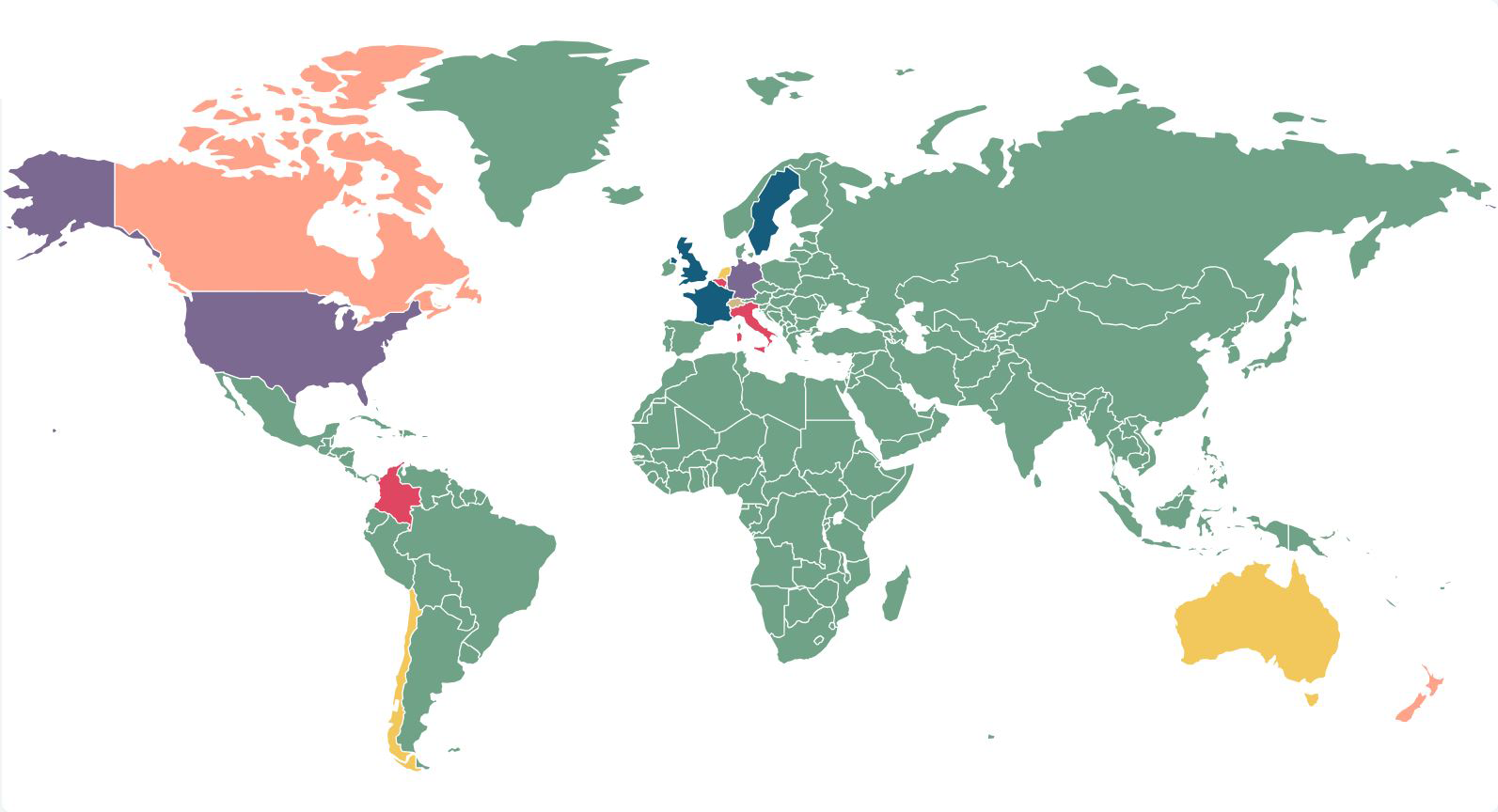COVID claims will progress to reinsurance markets
As the litigated claims for COVID-19 related business interruption losses complete their journeys through the Commercial Court and the appellate courts during 2025, insurers' attention will naturally switch to their own outwards reinsurance recoveries. As losses crystallise, an ever increasing flow of claims into the reinsurance and retrocessional markets will see a spotlight fall on claims presentations to excess of loss catastrophe contracts. Underwritten on a 'Named Perils' basis, the contracts only provide cover for loss caused by the perils specifically listed as covered (in contrast with 'All Risks' coverage, which applies to loss from all causes not specifically listed as excluded). Those contracts typically provide cover for “Natural Perils, including but not limited to…” and “Non-Natural perils as follows” and a key battleground will be whether COVID-19 is a Natural Peril where the list of Natural Perils is typically limited to seismic, flood, weather, and fire related perils (i.e. natural perils that arose by way of physical natural catastrophe).
Reinsurer focus on Russia/Ukraine related aircraft leasing losses will intensify
Reinsurers and retrocessionaires will spend 2025 with an intensified focus on monitoring and engaging with the issues emerging from the litigated claims regarding Russia/Ukraine related aircraft leasing losses which have dominated the aviation/specialty insurance market since the conflict began in February 2022. The long awaited 'mega trial' in the Lessor Policy claims, listed for 11.5 weeks in the Commercial Court from 2 October 2024, and the operator policy claims following some time thereafter are proving to be increasingly absorbing for reinsurers and retrocessionaires. The gradual resolution of the underlying claims, whether through settlement or judgment, should provide increased clarity as to potential ultimate exposures and the many and labyrinthine routes through the retro market by which those exposures will reach reinsurers/retrocessionaires.
Proposals to develop a UK captive market will progress in 2025
The new UK Labour government has signalled that it could be receptive to establishing a UK-domiciled captive regime. The London Market Group (LMG), with the backing of brokers, captive managers, insurers and AIRMIC, is calling for a consultation over the coming months to advance a framework to establish London as a leading captive centre, attracting international business and promoting growth. London's existing expertise in insurance creates a trusted and stable environment for new captive formations by UK companies and non-UK multinationals, as well as a skilled workforce, provided that the fiscal and regulatory conditions are favourable and competitive. France has seen significant growth in its captive market in recent years and the UK will need to act swiftly if it wants to avoid being left behind.




